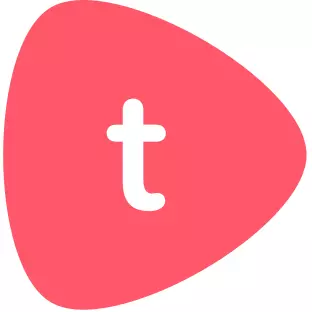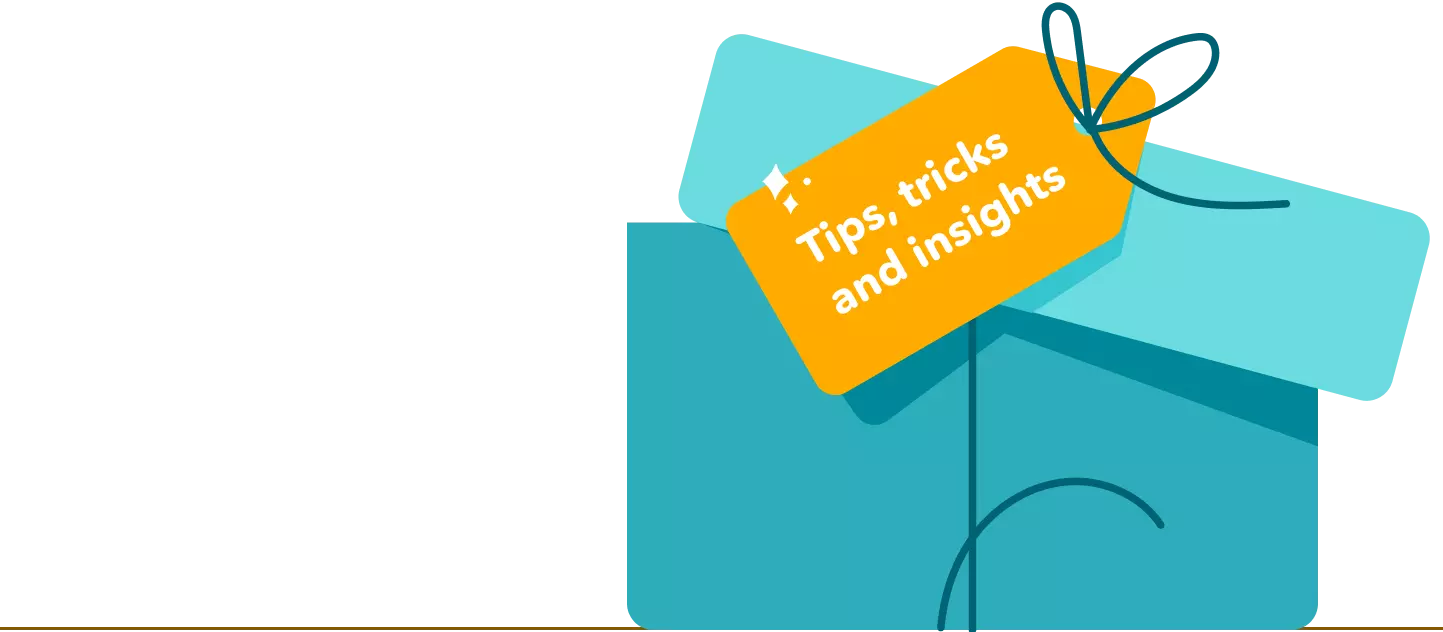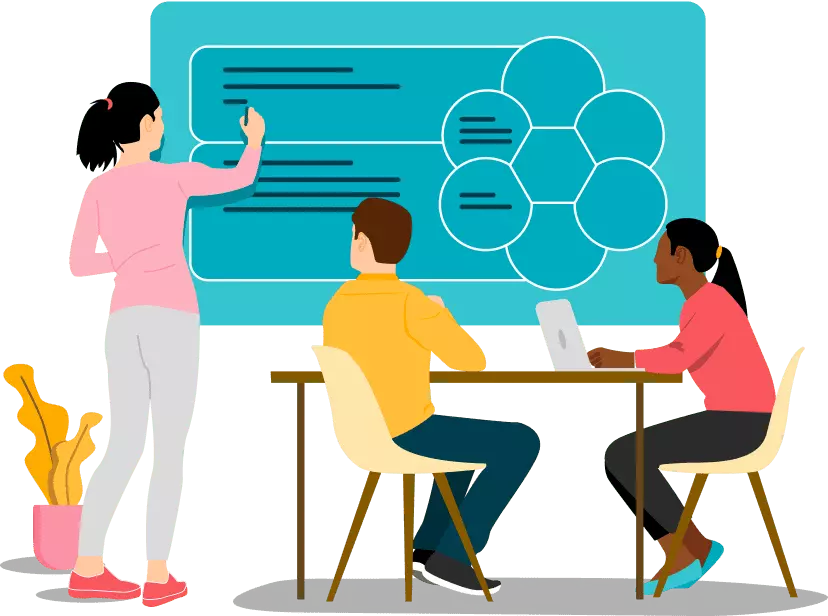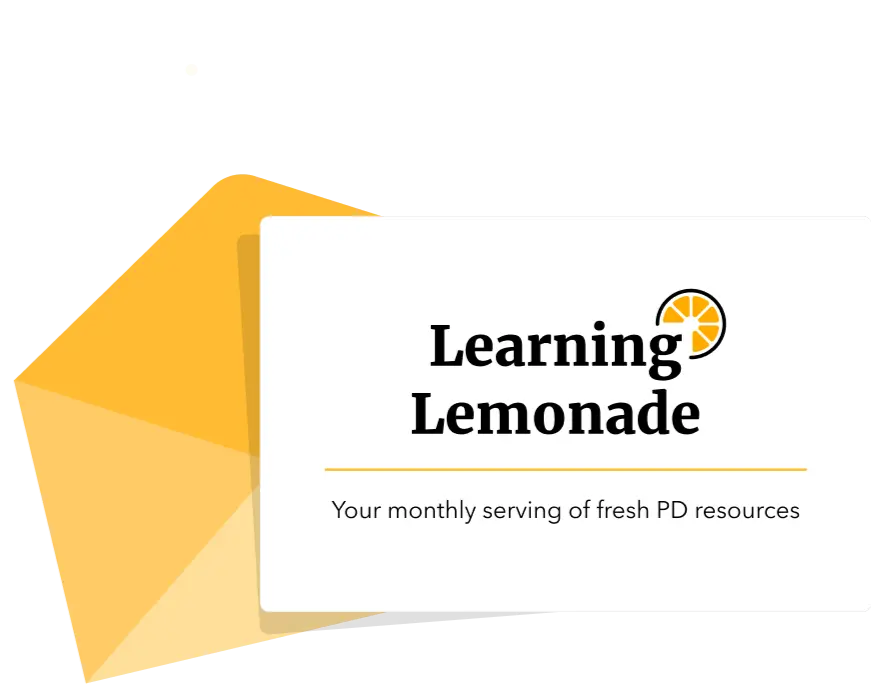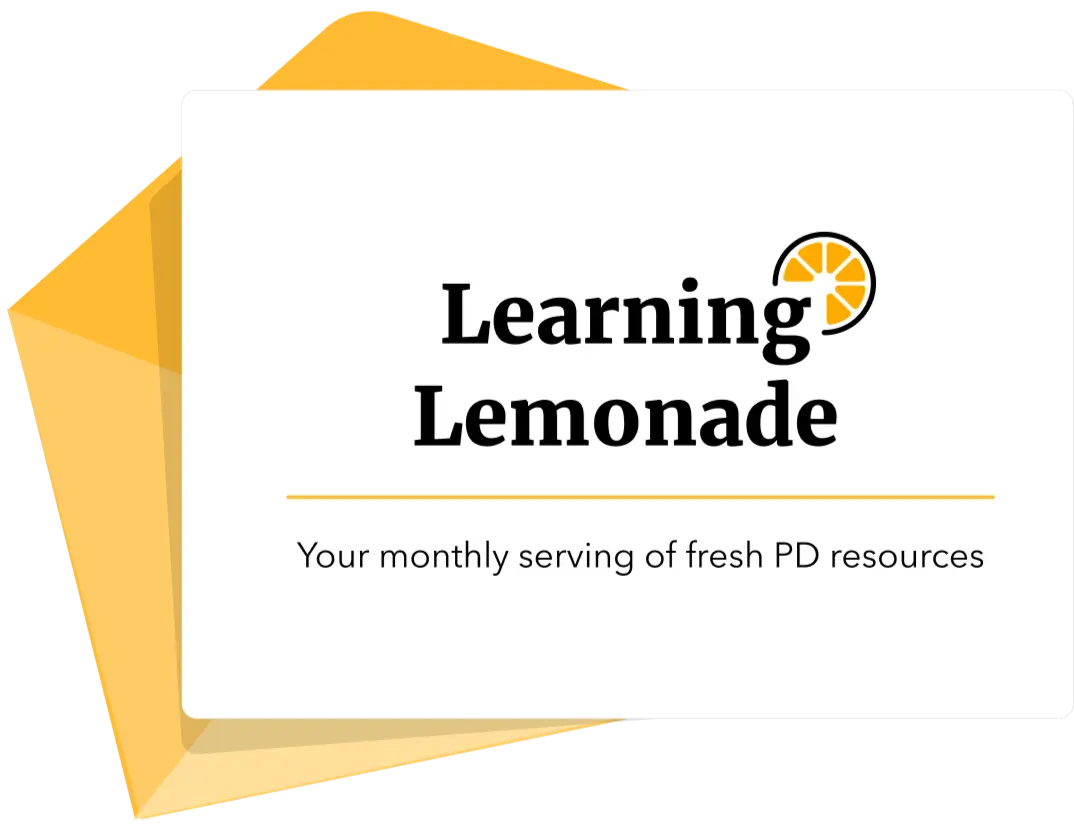Designing Learning Experiences and Inquiry
“ Children must be taught how to think, not what to think. ”
– Margaret Mead
All who attended Toddle’s Inquiry Educator Summit (TIES), will have been captured by the spirit of what it truly looks and feels like to learn and teach in an inquiry setting. Through the sessions run by Edna Sackson and Melissa Sokol, Cindy Blackburn and Maggie Hos-McGrane we can see the power of what if, the importance of a scaffold and the art in the design of inquiry learning engagements. Rather than speaking for these incredible educators, this piece aims to draw out the threads that weave between the sessions.
Questions to ponder
When we step back, what is seen is questions and the vital role of the teacher in an inquiry process. Our leaders drew out such questions as,
- What if?
- How might we?
- Why would?
- Why not?
- When and why?
- So what?
- Now what?
Reflecting on your own practice, how do these questions play a role in your day to day? And perhaps more importantly, who asks the questions?
When developing really powerful questions, there are tools and scaffolds that might help us and our learners. You can access a bank of powerful tools, graphic organizers and visible thinking routines on Toddle Community to create meaningful learning experiences. The 5 W’s and a H or the Questions Starts from Harvard Project Zero, can be used by students at various stages of the inquiry process.


The Question Matrix or Q chart (Cooperative Learning and Higher Level Thinking: The Q Matrix by Chuck Wiederhold and Spencer Kagan. Kagan Cooperative Learning, 1998) is another tool that is effective in helping develop rich and deep questions. As Maggie suggested, developing higher-order thinking is critical for learners in the inquiry classroom. While acknowledging the progression of learning, and the place of lower order thinking and questions, we can move between factual, predictive, analytical and into application/synthesis as the inquiry process develops.

From What If… to How Might We…
While the session by Melissa and Edna was titled, ‘The power of what if,’ they also highlight another question, How Might We…? A question that stems from the world of design, How might we… offers as many possibilities to explore as what if… The stance of a how might we question is biased towards action- taking us from a ‘So what?’ to ‘Now what?’ The spirit of this sits comfortably in an inquiry seeking action rather than just a deepening of knowledge and understanding.
“How” suggests that we do not yet have the answer. “How” helps us explore a variety of endeavours instead of merely executing on what we “think” the solution should be.
“Might” emphasises that our responses may only be possible solutions, not the only solution. “Might” also allows for exploration of multiple possible solutions, not settling for the first that comes to mind.
“We” immediately brings in the element of a collaborative effort. “We” suggests that the idea for the solution lies in our collective teamwork. Interaction Design Foundation
Having the right question to begin with is what then allows learners to see the possibility for a solution.
“It’s not that they can’t see the solution. They can’t see the problem.”
– G.K. Chesterton
When there is struggle in the process, it is the role of the teacher to be sure the learner can see the problem in the question and that finding a solution matters.
Maggie and Cindy both echoed this importance of real-world, action-ready meaningful learning. Through the frame of GRASPS as well as Bloom’s Taxonomy and the SAMR model, we were all encouraged to think deeply about the purpose of learning engagements.

The role of the teacher
Cindy’s 5 precepts gave us many moments to pause and reflect on our own practices in the classroom. As guided inquiry, the role of the teacher is far from redundant as learner agency increases.
| Precept 1: Know where you are going and why |
Precept 2: Explicitly Teach Doing Language |
Precept 3: Support Research |
Precept 4: Make Learning Experience Authentic |
Precept 5: Co-Create Success Criteria |
Maggie’s careful modelling of designing learning engagements brought together the role of the teacher to be responsive to learners while also having a hold of the curriculum. Her learning experience collections such as Dealing with Difficult Times, Mindfulness at Home, Mindfulness in the Early Years, Science Stars, Social Studies at Home and Science Explorations at Home, all available in the Toddle Community, are examples of the breath and range of rich learning.

From high tech to low tech, applying the SMAR model pushes both educators and learners to reimagine learning and the world around us. There are many tools or apps to help us make choices about how learners might use technology tools to unlock various aspects of the inquiry process, particularly with an eye to higher-order thinking.
Learner lead inquiry
Putting the learner at the centre of the process gives voice, choice and ownership. Edna and Melissa shared how they live ‘agency’ beyond the buzzword. Through units of inquiry, from the first provocation to the deep student-driven inquiry and creation of action. Their message is for teachers to create the map but not design all the learning before a unit begins.

Far from negating Maggie’s careful design and Cindy’s precepts, this message strengthens the need to look for opportunity to scaffold learners to see the power of what if and guide them to develop meaningful action. But how do Edna and Melissa make it happen? Well, it takes an all hands on deck approach.

Think outside the box in terms of the what and how but uncompromised on the why of the inquiry. By grounding all aspects of the inquiry in issues that matter and by asking, listening and letting learners lead, they are really supported to make a dent in the world. You can find inspiration for inquiry-based learning experiences from learning experience collections such as the SDG Design Thinking Challenges and ATL Adventures at Home amongst others, created by experienced PYP educators on Toddle Community.
To give the first and final word to Margaret Mead,


